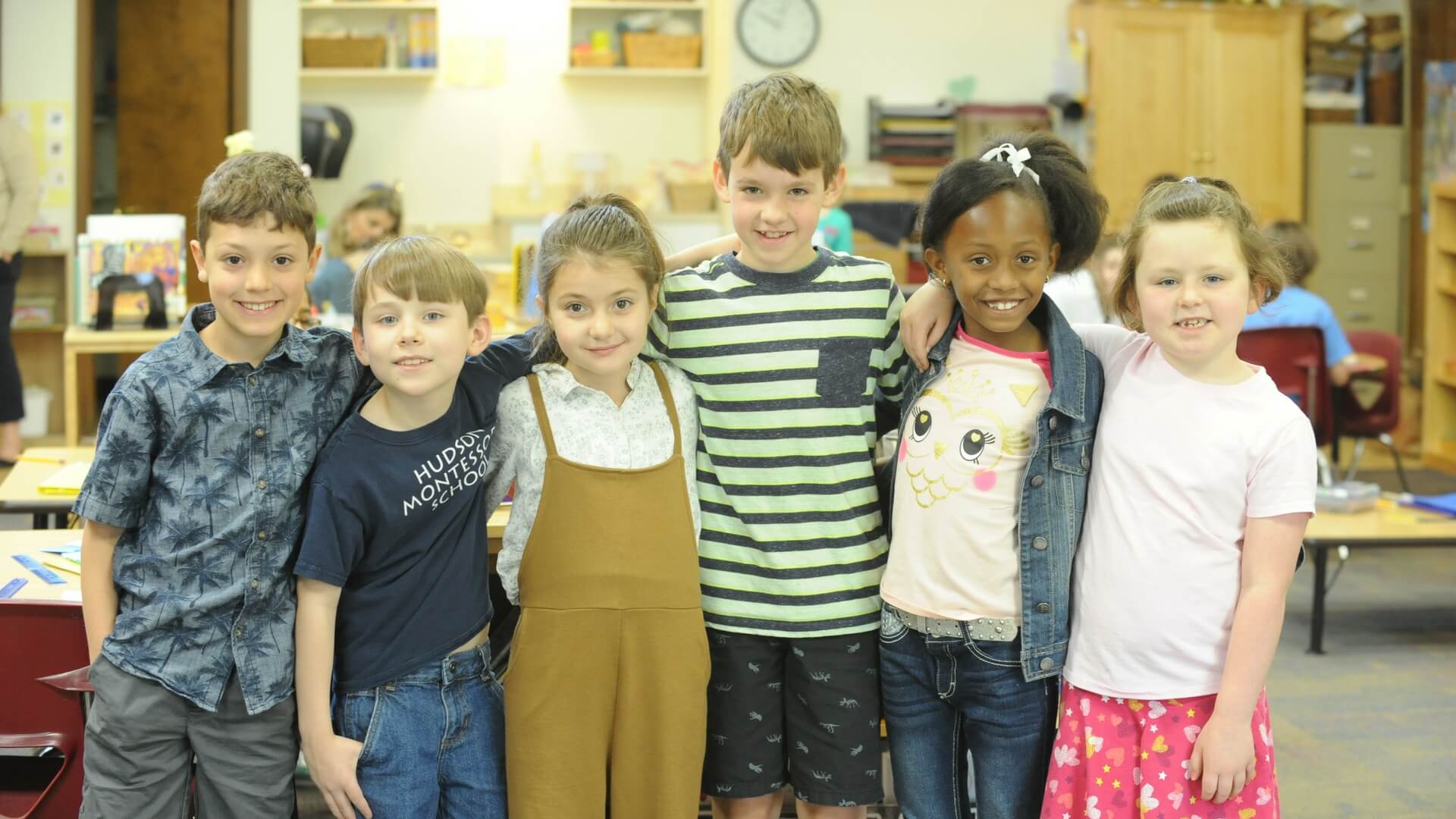Toddlerhood is a truly fantastic life stage for almost any child. They’re old enough to think, talk, problem solve and go where they want to but the world is still a huge place full of mystery and excitement. In every experience, your toddler can learn something new about the world that will be stored in their ever-growing memory for use later at school, at play, or even just to learn more on their own. One of the best things you can do for your exploratory little one is to help them find new, exciting, and educational experiences every day. You probably don’t even need to run to the store for supplies because, at this stage, your child can learn from absolutely everything. Here are three activities you can do at home.
The ancient Greeks built the basis for our entire idea of education based on simple observation alone. They didn’t have fancy tools, computer programs, or encyclopedias but they did have rocks, sticks, water, and their own five senses. This is called learning from ‘first principles’ and is something children do automatically when given a new set of stimuli to explore.
1) Discovering Sink and Float
You can enhance your child’s early understanding of physics simply by giving them heavy and light objects to play with along with a sink or a little tub of water. Discovering the difference between what sinks and what floats can be full of delightful surprises as tiny things like marbles sink while big things like erasers float. Just remember that your little scientist will continue performing sink or float tests later on their own.
2) The Number Floor
Learning numbers is an important part of any young child’s life and the earlier they get to the 123s-ABCs, the more prepared they will be for school time. One fun way to familiarize your child with numbers before introducing math is to make a number floor. All you need is a marker, a stack of construction paper, and some tape. Write the numbers large on multi-colored construction paper, then mix up the numbers and lay them out in a line, a circle, or a random pattern on the floor with your child’s help.
Once the numbers are taped down, ask your child to find combinations like the red four or the blue eight. Simply interacting with the numbers will help familiarize your toddler with them later on. To practice counting, lay the numbers in line and sing them together as your child jumps from number to number or mix up the numbers and ask them to find them in order. You can even use this trick for adding and subtraction, later on, finding the sum or the missing number.
3) Early Anatomy with Spot
Children who spent time with their pets when very young have been found to have a much deeper understanding of anatomy during school education. They learn to understand that dogs and cats are just like people in a lot of ways and the comparison triggers critical thinking about what lies under the skin without involving anything that might count as ‘scary’ or ‘icky’.
To encourage this learning, help your child with activities like counting their ribs and counting a pet’s ribs, or laying their head on the pet’s torso to listen to their breathing, heartbeat, and belly gurgles, then talk about what these sounds mean. You can show them where their tail would be if they had one and even talk about why your ears are shaped differently. Don’t be afraid to do a little Googling to answer questions. Even if your toddler doesn’t fully understand the answers, that knowledge will be stored and will help them later on.
Toddlers can learn from almost anything including these three activities you can do at home, from running and playing to listening quietly to the sounds of nature. The key is to always be ready to interact. The more you and your child talk about what they’ve experienced, the more useful information they can tuck away into their brilliant growing little minds.


